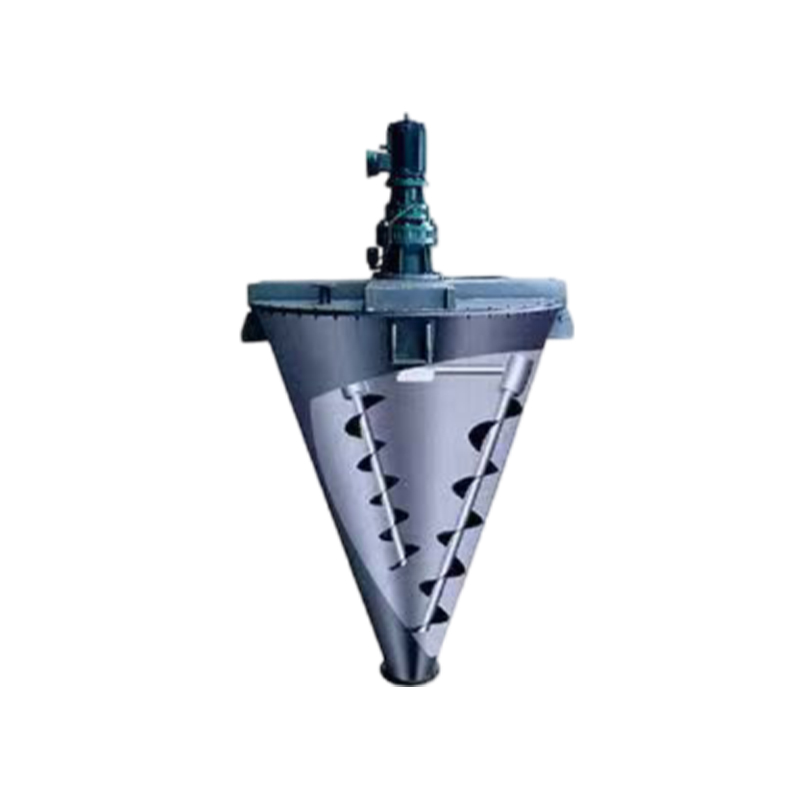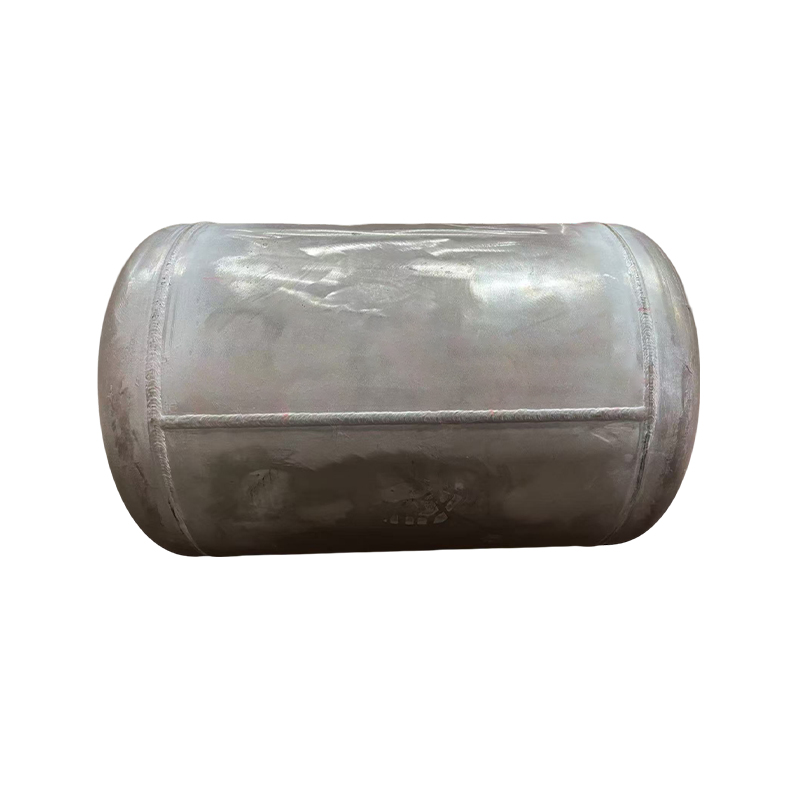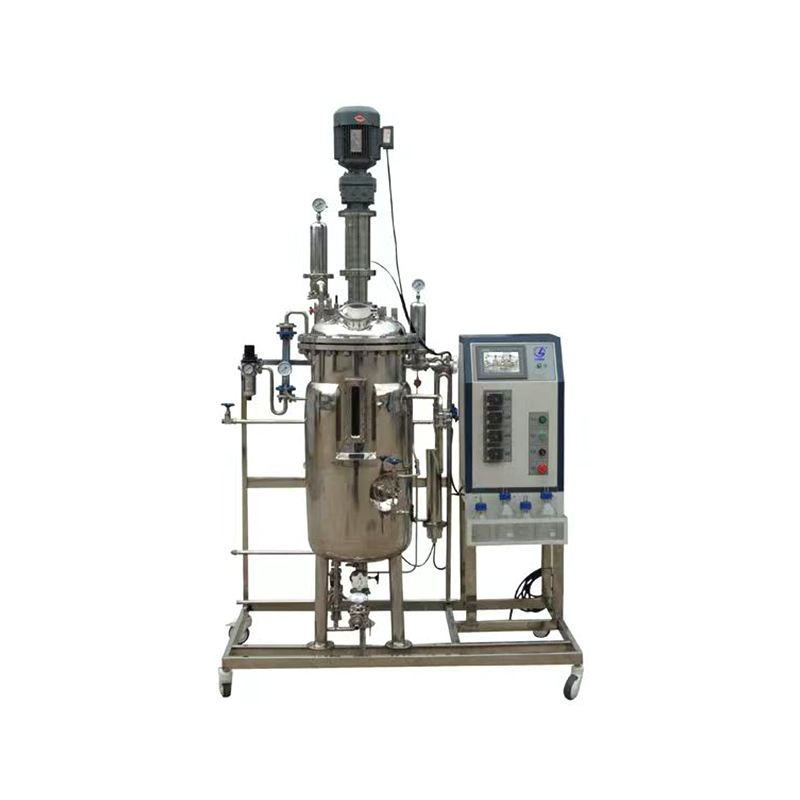How does the automatic sewage discharge function improve the operating efficiency and maintenance convenience of filters?
Release Time : 2025-07-14
Behind our daily lives, there is a group of unknown "guardians" who work silently but provide solid protection for our water, gas and oil use. Filters are such "clean guards" hidden deep in the pipeline. It is not as powerful as a pump, nor does it control the switch like a valve, but it protects the health and stability of the fluid system in a low-key and precise way.
From the appearance, filters are not ostentatious, but their design is extremely industrial. The metal cylinder is finely polished, the surface is as smooth as a mirror, or coated with an anti-corrosion coating, which can maintain stable performance in various environments. Whether it is the compactness of the Y-type, the efficient interception of the T-type, or the high impurity capacity of the basket type, each structure contains the wisdom of engineering. They are like "artworks" in the pipeline system, standing quietly in the corner, waiting to take action every time impurities come.
The core function of the filter seems simple: intercept solid impurities and protect downstream equipment. But in fact, this is an extremely delicate task. If tiny particles mixed in water, gas or lubricating oil are not removed in time, it will cause equipment wear at best and serious failure at worst. Filters are like an experienced "gatekeeper", blocking these "uninvited guests" one by one through the layers of screening of the filter. Once the impurities accumulate to a certain extent, it can also automatically start the sewage discharge program to complete self-cleaning to ensure that the fluid is always pure as before.
Interestingly, different types of filters are like characters with their own personalities. Y-type filters are slender and suitable for installation in small spaces. They are a good helper for small equipment; T-type filters are like a steady engineer, with a reasonable structure and easy cleaning, suitable for scenes with high flow requirements; and basket filters are more like a "big stomach king", with a larger impurity holding space, especially suitable for systems with high impurity content. They each perform their duties and jointly build a complete set of filtering ecology.
What's more surprising is that modern filters are moving towards intelligence. Some high-end models are equipped with control systems and sensors that can monitor pressure difference changes in real time, determine whether cleaning is needed, and automatically perform sewage discharge operations. This "thinking" ability makes it not only a physical device, but also a part of the intelligent pipe network system. Users can even remotely view the operating status through their mobile phones, truly realizing "invisible management".
In terms of application scenarios, filters are almost everywhere. In factory workshops, it is the "lungs" of the cooling water system, allowing the equipment to continue to operate without heating; in home kitchens, it is the core of the water purifier, making every drop of water clear and delicious; in oil field drilling platforms, it is the key to lubricating oil circulation, preventing machinery from premature aging due to impurities. It can be said that without it, modern life will become chaotic.
Of course, in addition to functionality, environmental protection concepts have gradually become an important consideration in the design of filters. Many products use replaceable filter element design to reduce material waste; some materials support recycling and reuse to reduce carbon footprint. It is not only a symbol of technological progress, but also a practitioner of sustainable development.
Filters may not appear in news headlines or be talked about by people, but they maintain the smooth operation of the whole world in a quiet and firm way. It uses silent protection to explain what a true "behind-the-scenes hero" is, and uses the power of technology to tell us: sometimes, the most inconspicuous existence is often the most critical.
From the appearance, filters are not ostentatious, but their design is extremely industrial. The metal cylinder is finely polished, the surface is as smooth as a mirror, or coated with an anti-corrosion coating, which can maintain stable performance in various environments. Whether it is the compactness of the Y-type, the efficient interception of the T-type, or the high impurity capacity of the basket type, each structure contains the wisdom of engineering. They are like "artworks" in the pipeline system, standing quietly in the corner, waiting to take action every time impurities come.
The core function of the filter seems simple: intercept solid impurities and protect downstream equipment. But in fact, this is an extremely delicate task. If tiny particles mixed in water, gas or lubricating oil are not removed in time, it will cause equipment wear at best and serious failure at worst. Filters are like an experienced "gatekeeper", blocking these "uninvited guests" one by one through the layers of screening of the filter. Once the impurities accumulate to a certain extent, it can also automatically start the sewage discharge program to complete self-cleaning to ensure that the fluid is always pure as before.
Interestingly, different types of filters are like characters with their own personalities. Y-type filters are slender and suitable for installation in small spaces. They are a good helper for small equipment; T-type filters are like a steady engineer, with a reasonable structure and easy cleaning, suitable for scenes with high flow requirements; and basket filters are more like a "big stomach king", with a larger impurity holding space, especially suitable for systems with high impurity content. They each perform their duties and jointly build a complete set of filtering ecology.
What's more surprising is that modern filters are moving towards intelligence. Some high-end models are equipped with control systems and sensors that can monitor pressure difference changes in real time, determine whether cleaning is needed, and automatically perform sewage discharge operations. This "thinking" ability makes it not only a physical device, but also a part of the intelligent pipe network system. Users can even remotely view the operating status through their mobile phones, truly realizing "invisible management".
In terms of application scenarios, filters are almost everywhere. In factory workshops, it is the "lungs" of the cooling water system, allowing the equipment to continue to operate without heating; in home kitchens, it is the core of the water purifier, making every drop of water clear and delicious; in oil field drilling platforms, it is the key to lubricating oil circulation, preventing machinery from premature aging due to impurities. It can be said that without it, modern life will become chaotic.
Of course, in addition to functionality, environmental protection concepts have gradually become an important consideration in the design of filters. Many products use replaceable filter element design to reduce material waste; some materials support recycling and reuse to reduce carbon footprint. It is not only a symbol of technological progress, but also a practitioner of sustainable development.
Filters may not appear in news headlines or be talked about by people, but they maintain the smooth operation of the whole world in a quiet and firm way. It uses silent protection to explain what a true "behind-the-scenes hero" is, and uses the power of technology to tell us: sometimes, the most inconspicuous existence is often the most critical.







